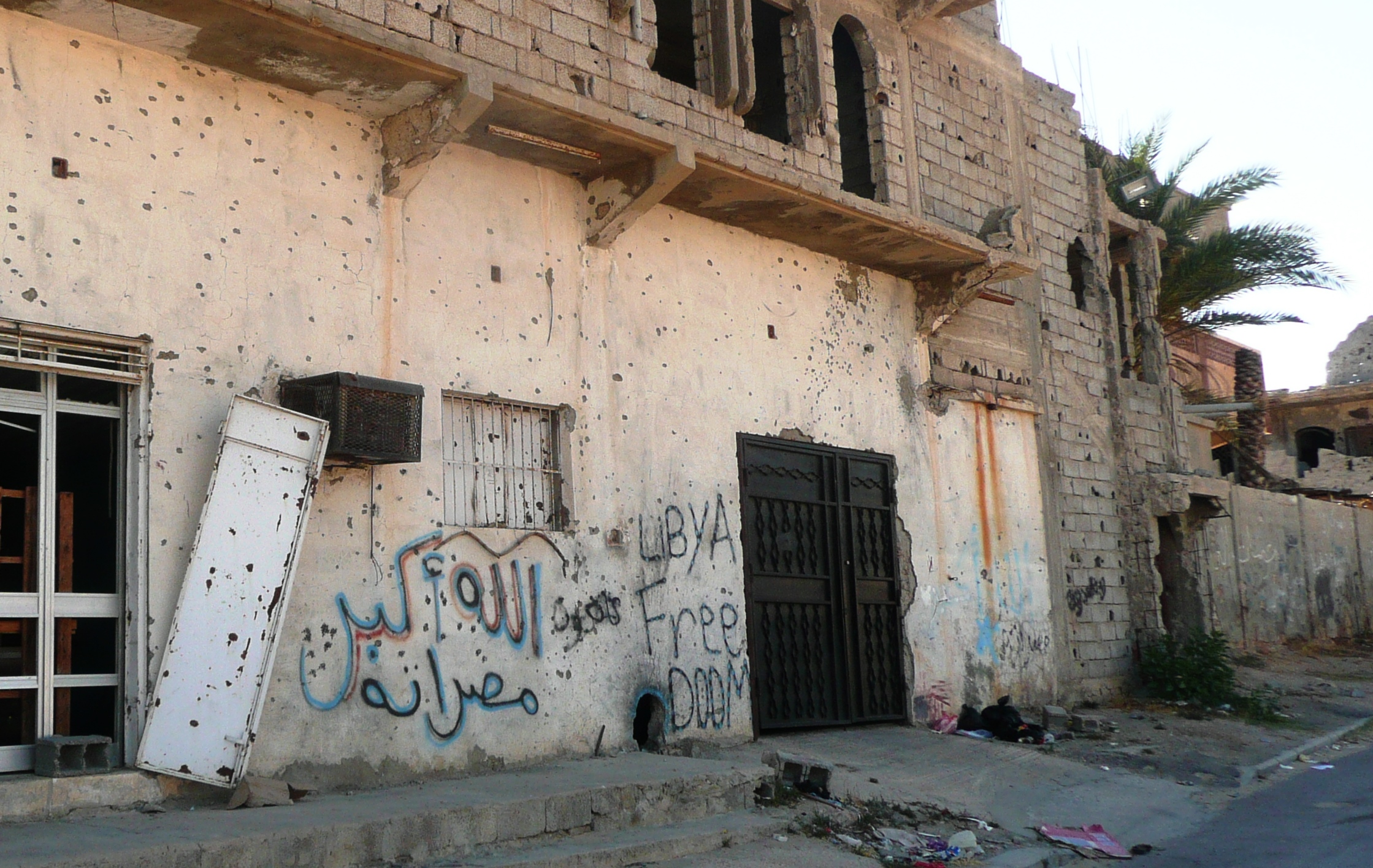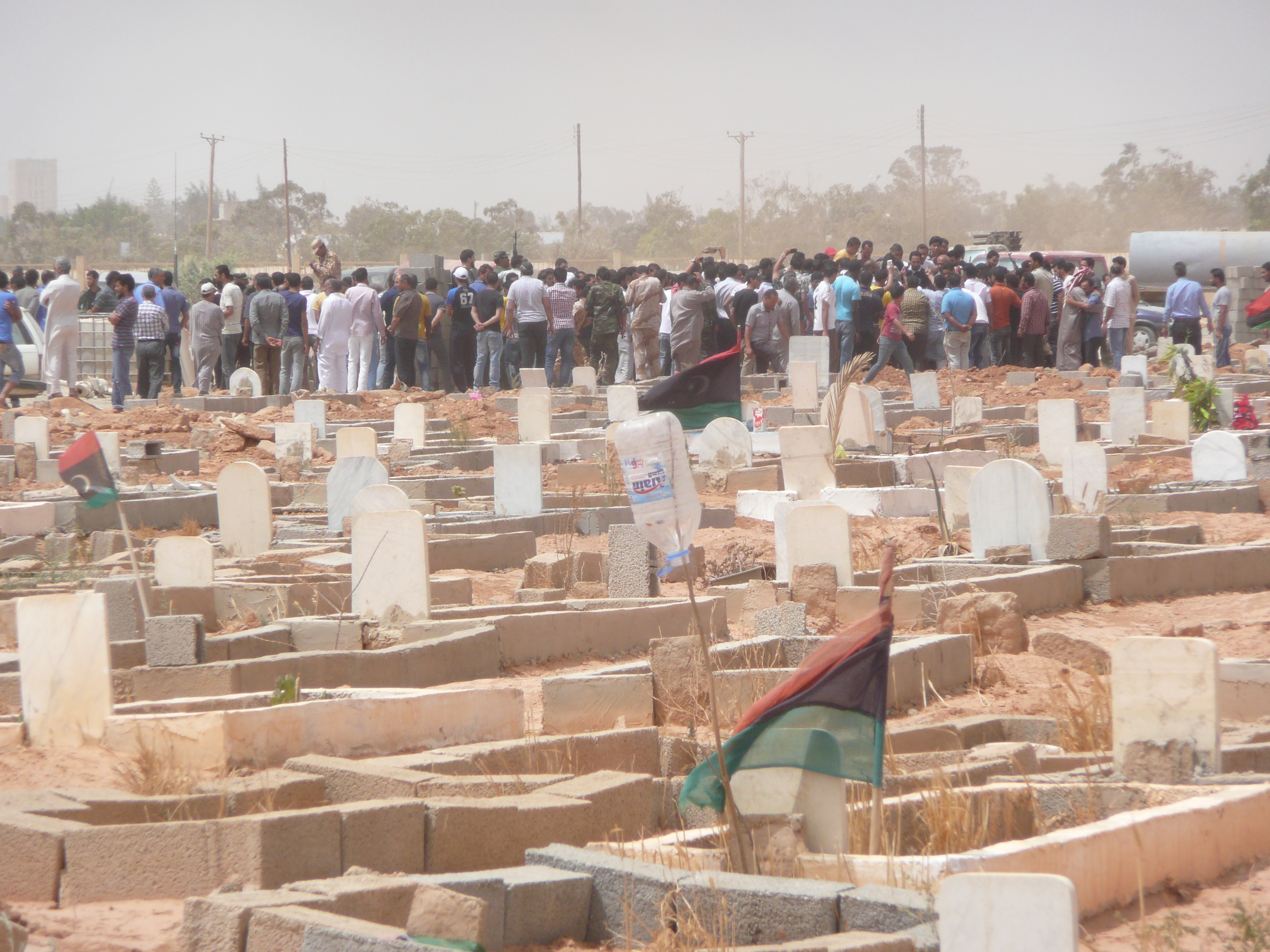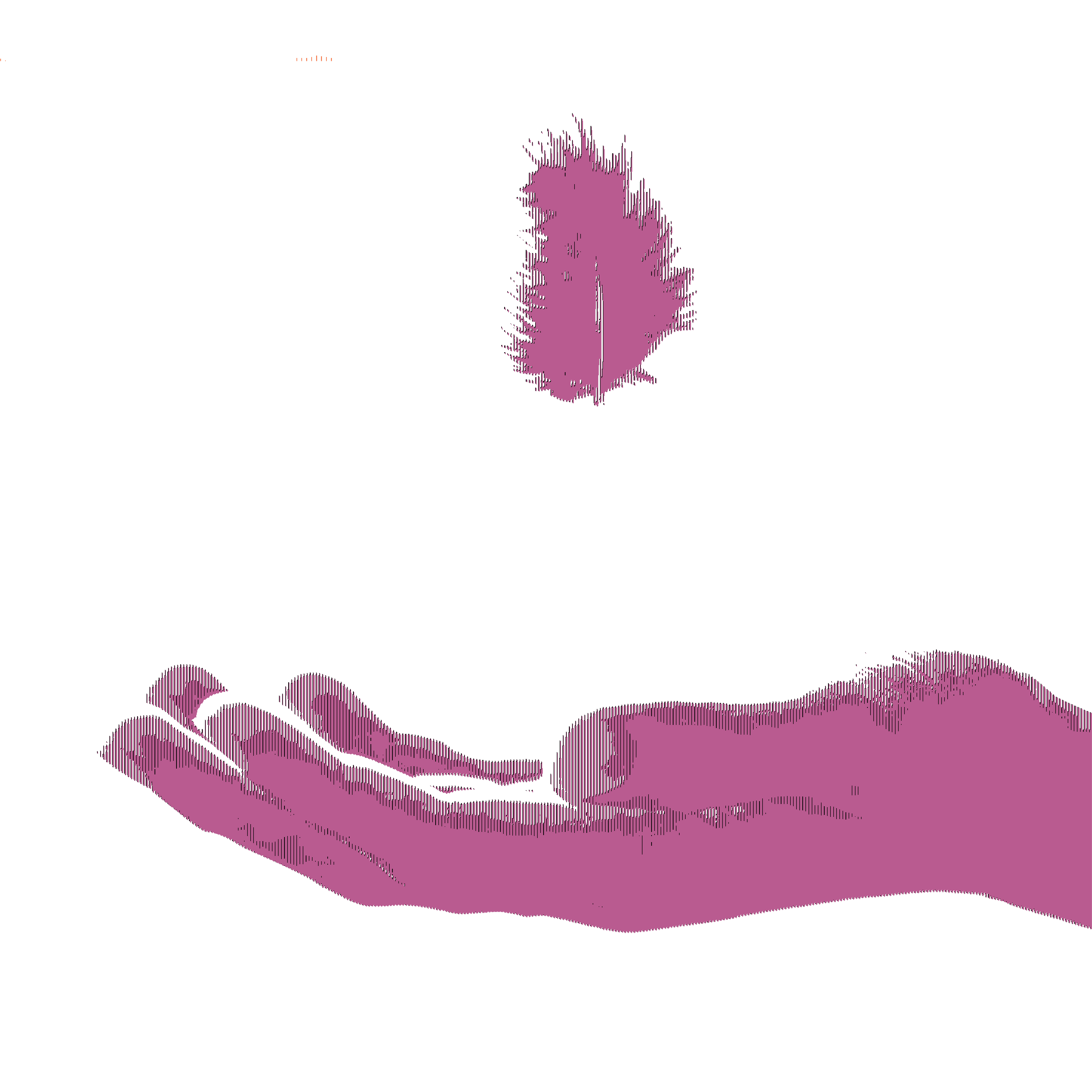
The 40,000 people from Tawergha, a dusty town set back half an hour's drive from Libya's Mediterranean coast, have few bags to pack. For two years most of them, nearly all black-skinned, have camped on building sites strewn across Libyan cities, since the Arabs who ousted Colonel Muammar Qaddafi drove them out as punishment for supporting him. But if, as the Tawerghans promise, they really head home on June 25th, few are confident they will survive, let alone prosper.
For the militiamen of the neighbouring city of Misrata, who were responsible for evicting the Tawerghans, man checkpoints all the way from the deserted town to Tripoli, Libya's capital to the north-west, and have vowed to block their return. The Misratans have reduced Tawergha to a caked-earth ghost town, plundering its houses, shooting up its hospitals and schools, and smashing its utilities.
Across the country, relations between Qaddafi's erstwhile supporters and the rebels who toppled him are still bitter. But nowhere is blood as bad as it is between Misratans and Tawerghans. The former, to a man, accuse Tawerghans of leading the two-month siege of Misrata after it rose in revolt. They say the Tawerghans raped the women and cut off the penises of captured men. Even their children took part, says the curator of Misrata's martyrs museum, a shrine that has become a required stop for any visiting dignitary.
But few Misratans acknowledge the atrocities—and the ethnic cleansing of Tawergha—perpetrated in revenge. Misratan militiamen still hold over a thousand Tawerghans, says an international watchdog, in prisons that remain outside Libya's official judicial system. Road signs to Tawergha have been blacked out and "New Tamini" scrawled over them, denoting a nearby Misratan suburb.
Misratan elders say they might tolerate the Tawerghans' return to their homes, if the worst of them were first put on trial. Some Tawerghans agree, but say the government should start helping to make their town inhabitable again.
Originally published in The Economist on June 22, 2013





